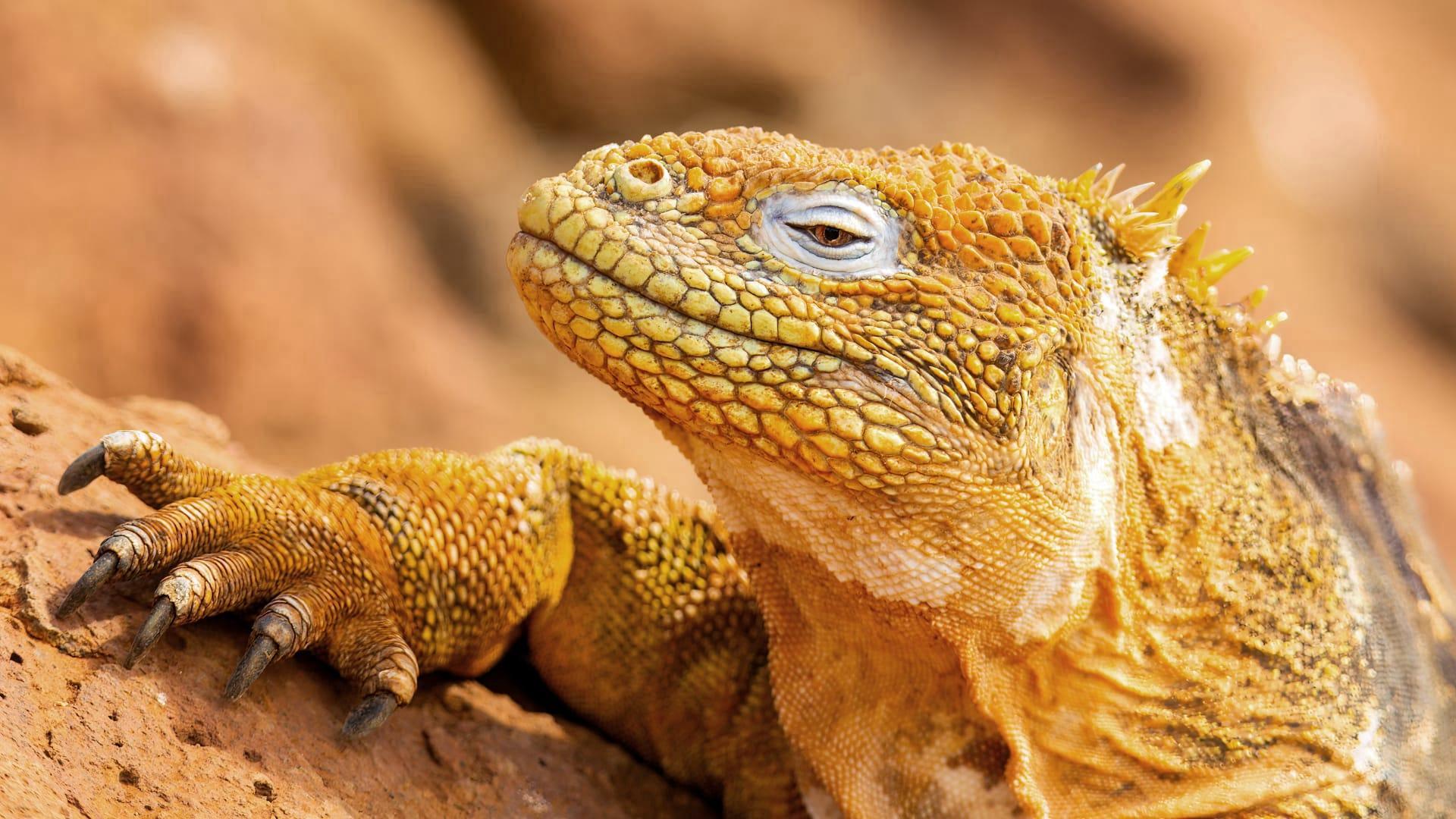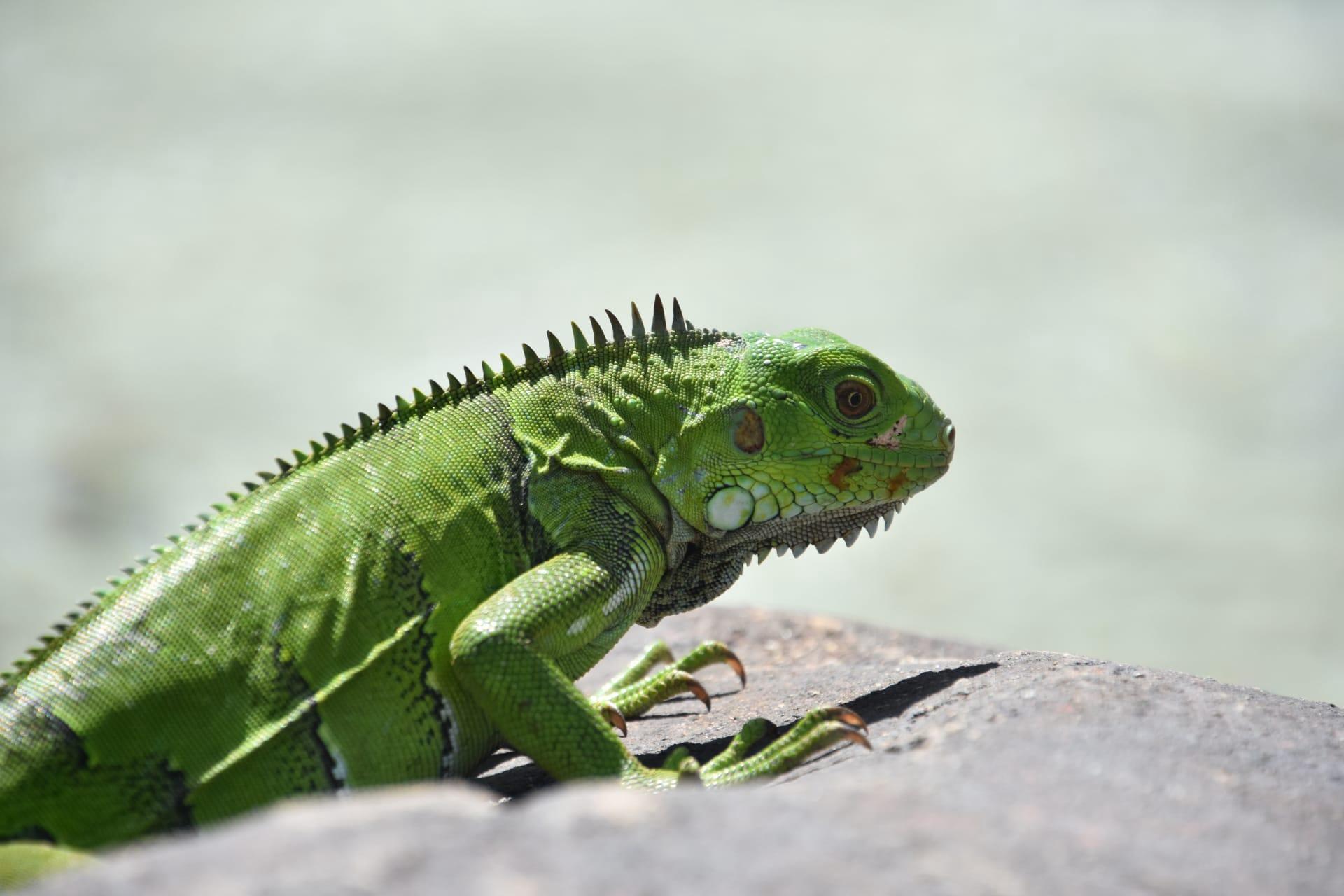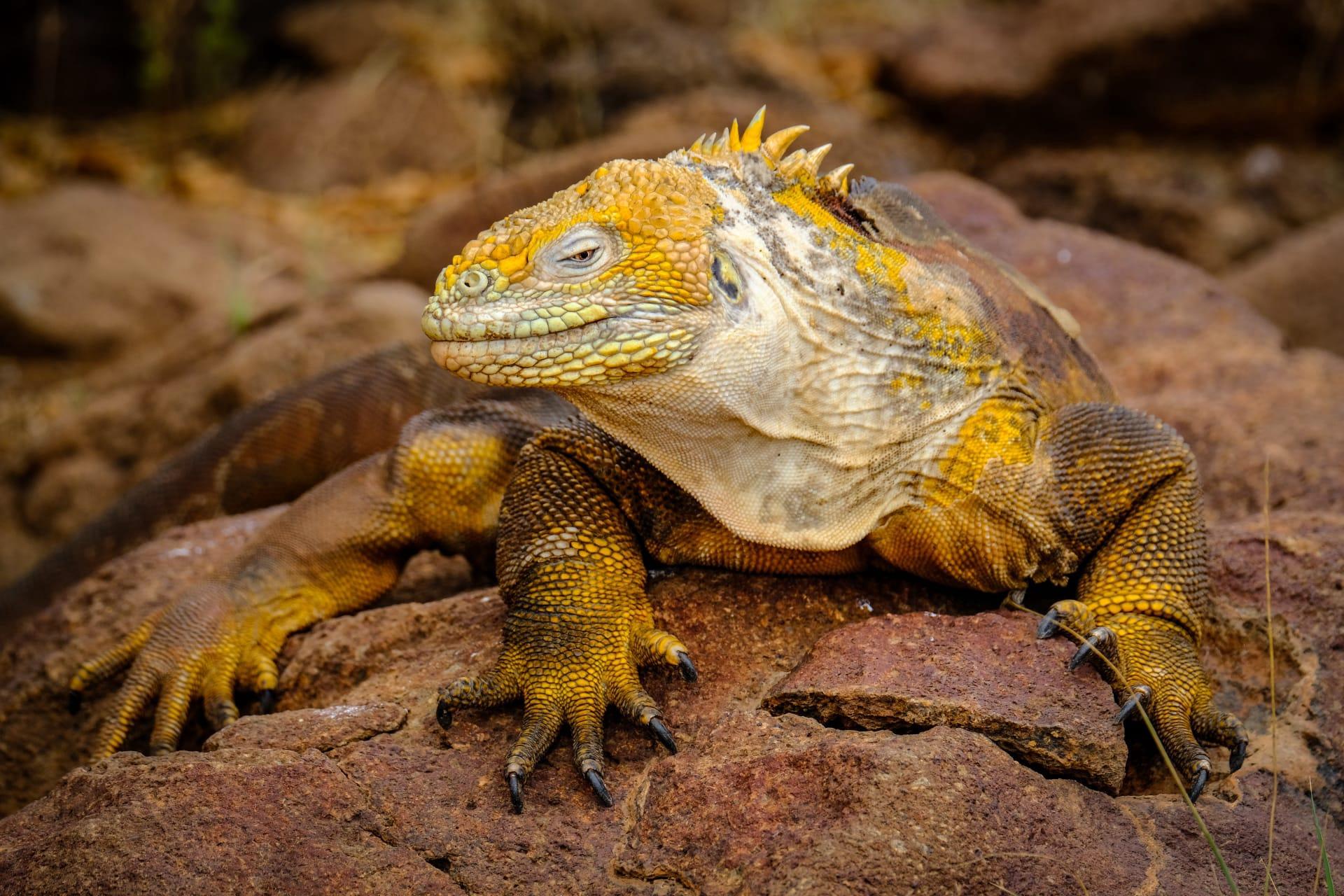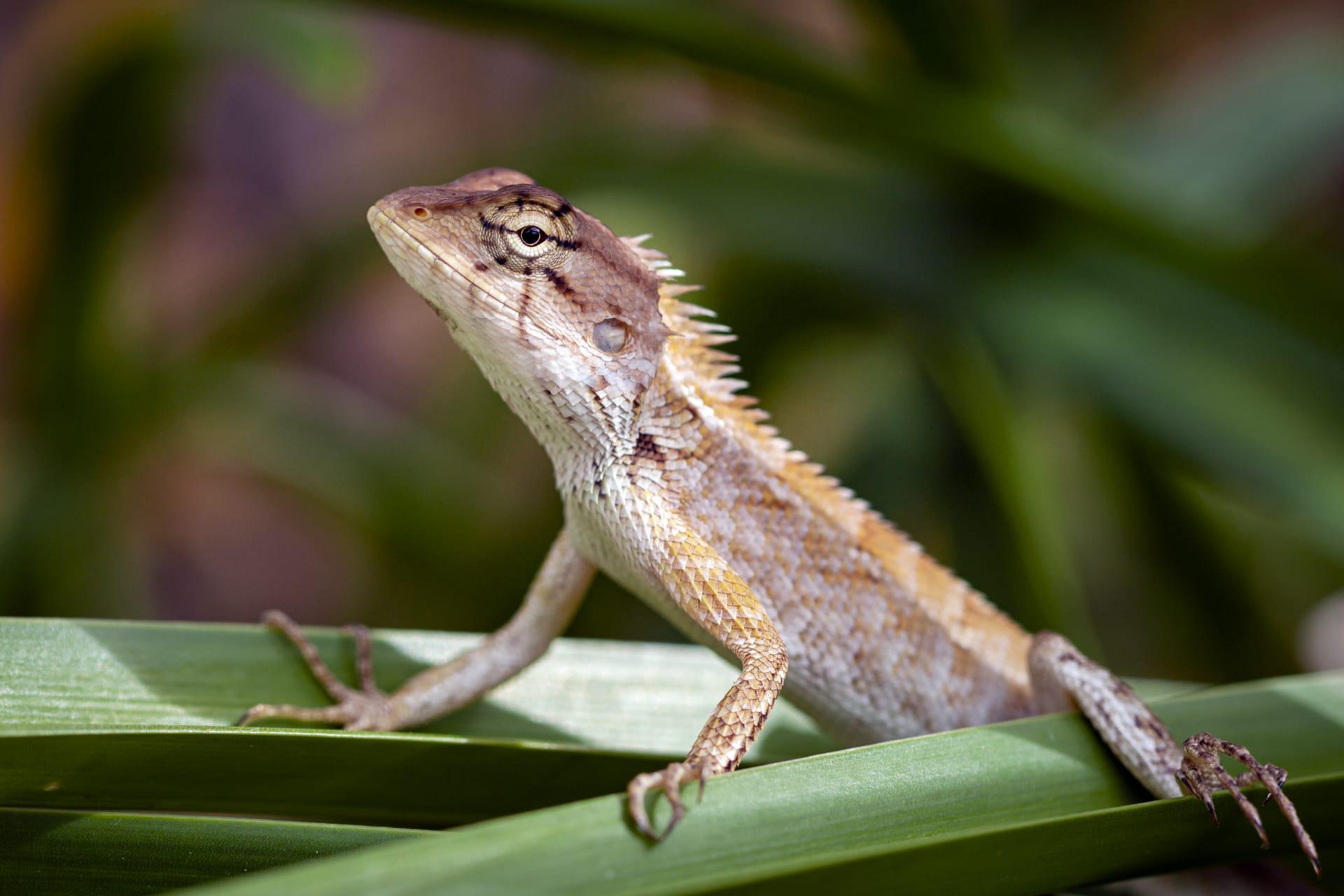Dragon Lizard Characteristics
- Home /
- Mini Encyclopedia /
- Animal /
- Dragon Lizard Characteristics
1
Dragon lizards, fascinating creatures indeed, are known for their distinct physical characteristics. An average dragon lizard can vary in size, typically ranging from 25 to 30 centimeters in length. As for their lifespan, these reptiles can live up to 10 years in the wild, which is quite impressive for their size. Their skin, often a topic of interest, is covered in scales that can vary in color and pattern, providing camouflage and protection.
The most remarkable organ of a dragon lizard is undoubtedly its tongue. This isn’t just any ordinary tongue; it's a multifunctional tool! Measuring up to two-thirds of its body length, this long, sticky appendage is essential for their survival. It serves multiple purposes, such as capturing prey, exploring their environment, and even as a sensory organ. The tongue's sensitivity to chemical cues in the environment helps them locate food, perceive threats, and even communicate with other lizards.

2
Question: How does a dragon lizard regulate its body temperature?
Answer: Dragon lizards are ectotherms, meaning they rely on external heat sources to regulate their body temperature. They are often seen basking in the sun to warm up, and they can be found seeking shade or burrowing into cooler ground to avoid overheating. These lizards have a preferred body temperature range, usually between 24 to 35 degrees Celsius (75 to 95 degrees Fahrenheit). Their ability to regulate temperature is crucial for their metabolism, hunting efficiency, and overall survival in various climates.

3
When it comes to movement, dragon lizards are quite agile and swift. They are capable of sudden bursts of speed, reaching up to 15 kilometers per hour. This speed is essential for escaping predators and catching prey. Their movement is characterized by a distinctive gait where they lift their bodies off the ground, reducing friction and allowing for faster, more efficient movement.
Dragon lizards are carnivorous and skilled hunters. Their diet primarily consists of insects, small mammals, and occasionally other smaller reptiles. They employ a sit-and-wait strategy, staying motionless and blending into their environment until an unsuspecting prey comes close. Then, with lightning-fast reflexes, they strike, using their long, sticky tongue to capture the prey. Their hunting technique is a testament to their patience and precision.

4
Dragon lizards are typically found in arid and semi-arid environments. They thrive in habitats with ample sun exposure, such as deserts, scrublands, and rocky outcrops. These environments provide them with necessary heat for thermoregulation and ample hiding spots for protection against predators.
In terms of reproduction, dragon lizards are oviparous, laying eggs to reproduce. The female lizard usually lays between 5 to 20 eggs in a burrow or under rocks, depending on the species. These eggs are incubated for about two months before hatching. The young are independent from birth, equipped with all the necessary skills for survival, including hunting and thermoregulation.

5
Book: "Dragons in the Dust: The Paleobiology of the Giant Monitor Lizard Megalania" by Ralph E. Molnar. This intriguing book delves into the history and evolution of the Megalania, a prehistoric giant lizard that lived in Australia. Published in the United States in 2004, Molnar combines fossil evidence with modern biological insights to recreate the life of this magnificent creature, a distant relative of today's dragon lizards.
Book: "The Secret Life of Lizards" by Alison Wright. Published in the United Kingdom in 2010, this book offers a comprehensive look into the diverse world of lizards, including dragon lizards. Wright, a renowned herpetologist, shares her extensive research and field experiences, offering insights into the behavior, ecology, and conservation of these fascinating reptiles. The book is praised for making complex scientific information accessible to a broad audience.